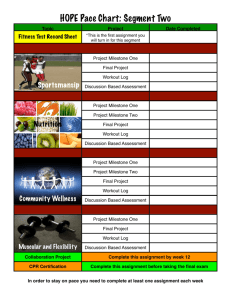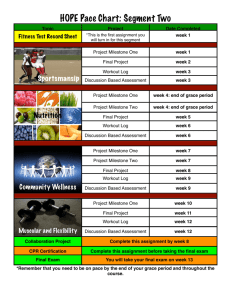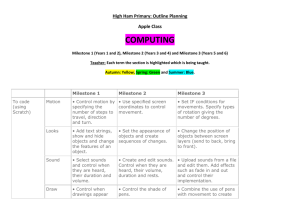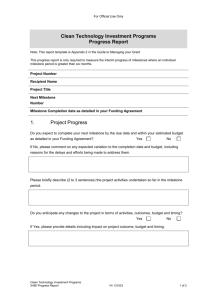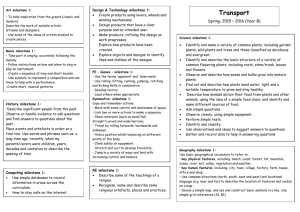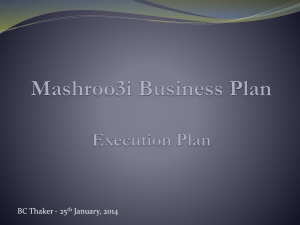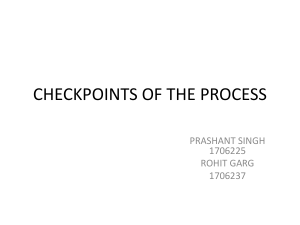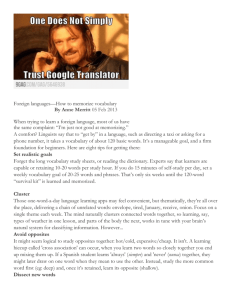COMMUNICATION Year4
advertisement
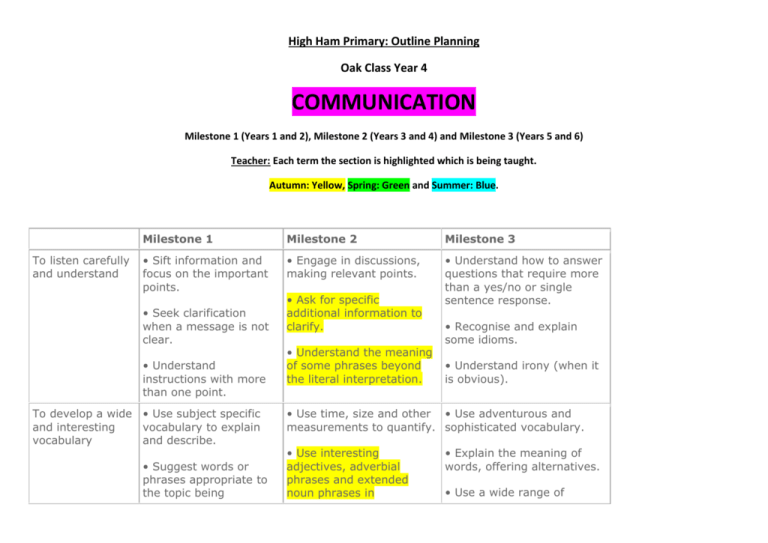
High Ham Primary: Outline Planning Oak Class Year 4 COMMUNICATION Milestone 1 (Years 1 and 2), Milestone 2 (Years 3 and 4) and Milestone 3 (Years 5 and 6) Teacher: Each term the section is highlighted which is being taught. Autumn: Yellow, Spring: Green and Summer: Blue. To listen carefully and understand Milestone 1 Milestone 2 Milestone 3 • Sift information and focus on the important points. • Engage in discussions, making relevant points. • Understand how to answer questions that require more than a yes/no or single sentence response. • Seek clarification when a message is not clear. • Understand instructions with more than one point. To develop a wide • Use subject specific and interesting vocabulary to explain vocabulary and describe. • Suggest words or phrases appropriate to the topic being • Ask for specific additional information to clarify. • Understand the meaning of some phrases beyond the literal interpretation. • Recognise and explain some idioms. • Understand irony (when it is obvious). • Use time, size and other • Use adventurous and measurements to quantify. sophisticated vocabulary. • Use interesting adjectives, adverbial phrases and extended noun phrases in • Explain the meaning of words, offering alternatives. • Use a wide range of To speak with clarity discussed. discussion. • Identify homophones. • Use vocabulary that is appropriate to the topic being discussed or the audience that is listening. • Speak in a way that is clear and easy to understand. • Use verbs with irregular endings. • Vary the length and structure of sentences. • Use a mixture of sentence lengths to add interest to discussions and explanations. • Ask questions and make suggestions to take an active part in discussions. • Demonstrate good phonic knowledge by clearly pronouncing the sounds within words. • Identify syllables within words. To tell stories with • Ensure stories have a structure setting, plot and a sequence of events. • Recount experiences with interesting detail. • Predict events in a story. • Give just enough detail to keep the audience engaged. • Use intonation to emphasise grammar and punctuation when reading aloud. phrases that include determiners, modifiers and other techniques to add extra interest and clarity. • Comment on the grammatical structure of a range of spoken and written accounts. • Bring stories to life with expression and intonation. • Narrate detailed and exciting stories. • Read the audience to know when to add detail and when to leave it out. • Use the conventions and structure appropriate to the type of story being told. • Interweave action, character descriptions, settings and dialogue. To hold • Take turns to talk, • Make relevant comments • Negotiate and compromise conversations and listening carefully to the or ask questions in a debates contributions of others. discussion or a debate. by offering alternatives. • Vary language between formal and informal according to the situation. • Seek clarification by actively seeking to understand others’ points of view. • Debate, using relevant details to support points. • Add humour to a discussion or debate where appropriate. • Respectfully challenge opinions or points, offering an alternative. • Offer alternative explanations when others don’t

